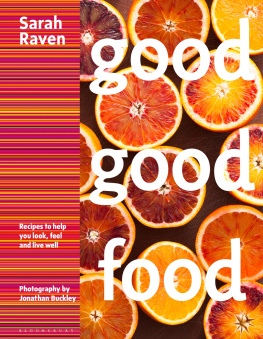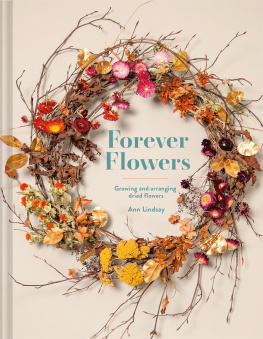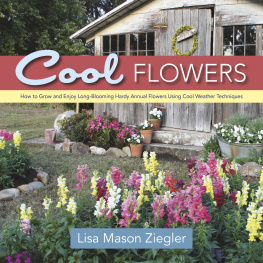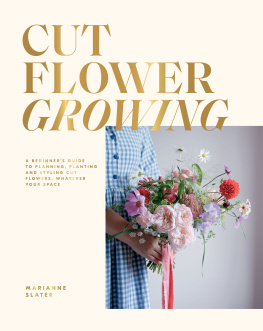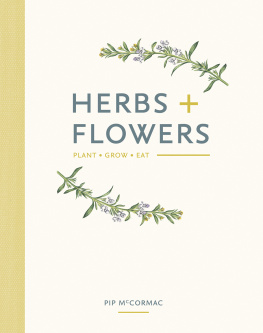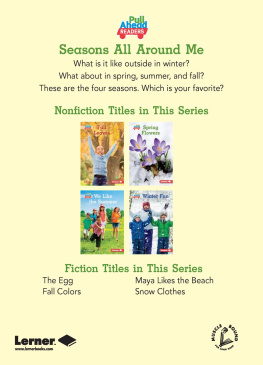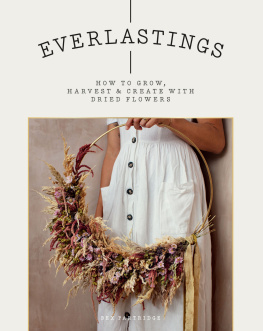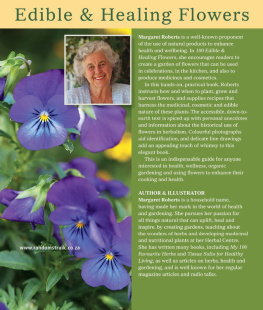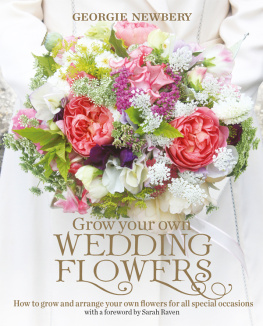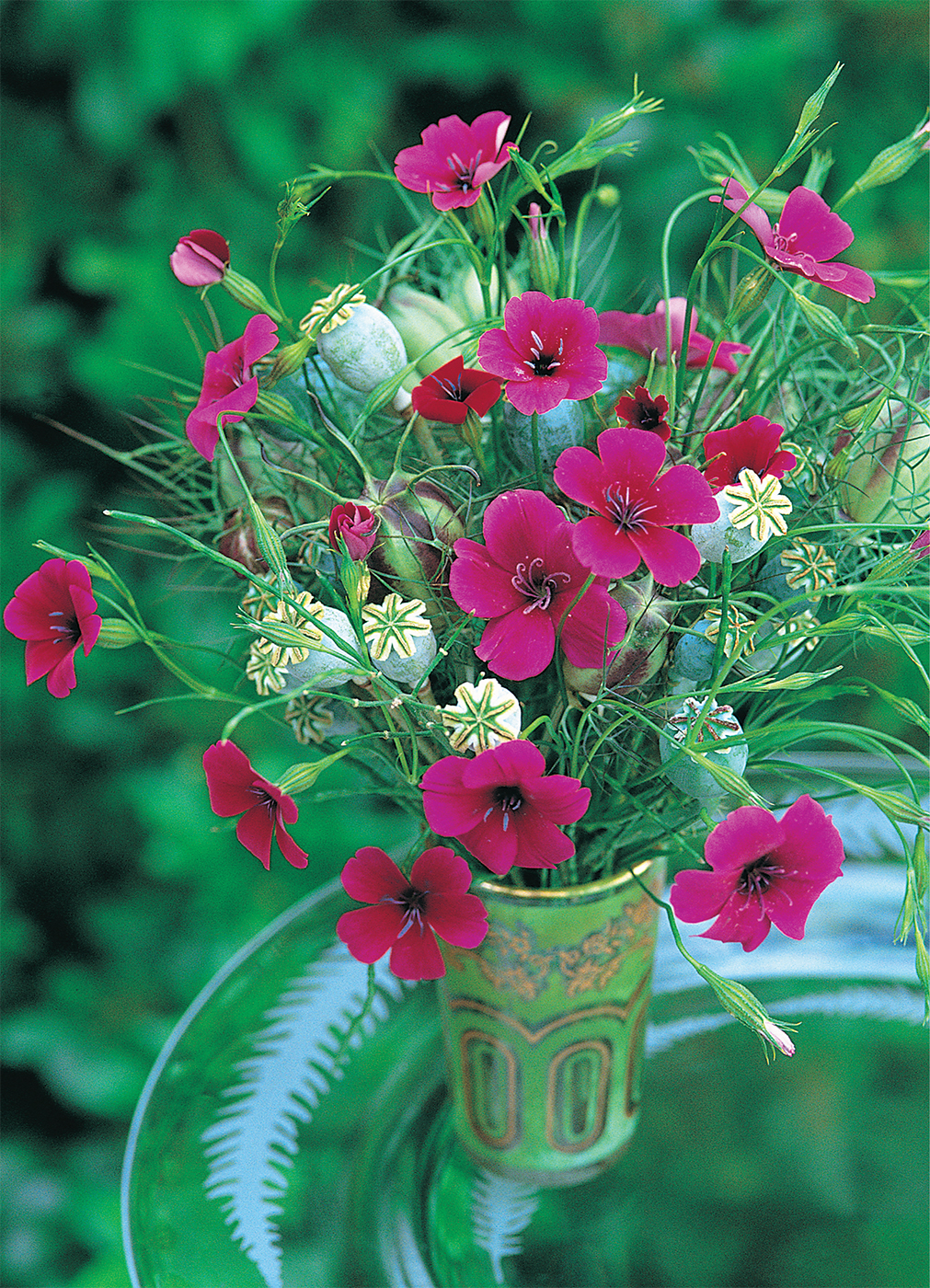Contents
About the Book
A selection of beautiful flowers can immediately lift a dull room or dreary garden to new heights of colour and elegance. In Grow Your Own Cut Flowers, gardening writer, broadcaster and teacher Sarah Raven calls upon her years of experience to produce the ultimate guide to growing your own ornamental flowers all year round.
Whether you want to grow your own flowers to match the bunches you buy in the shops, or long to harvest the produce of your garden without leaving it looking lifeless as a result, Sarah demystifies the world of floristry, giving away insiders tips on sowing seeds, conditioning flowers and growing stylish arrangements. With ideas and inspiration for growing vivid, varied gardens that can be cut again and again, Grow Your Own Cut Flowers offers ideas for small town plots and sprawling country gardens alike, and mixes plants and techniques to leave you not only with a garden full of flowers, but a house full too.
Beautifully photographed by Jonathan Buckery in Sarahs own garden in Sussex, this practical guide will unlock a world of bold, eclectic and stunning flowers, to be enjoyed inside or out.
About the Author
Sarah Raven, writer, cook, broadcaster and teacher, is the expert on all things to grow, cut and eat from your garden.
Sarah is a presenter on BBC Gardeners World, she writes for The Daily Telegraph, Gardens Illustrated, Gardeners World Magazine, and Domino Magazine (US) and has been a guest on BBC Radio 4s Womans Hour and the Food Programme. Her gardening and cookery books have won her a number of awards including Best Specialist Gardening book for The Cutting Garden and Cookery Book of the Year for Sarah Ravens Garden Cookbook. Her latest book looks at the vital role Wildflowers play in the British countryside. She also had a well-received TV series (BBC2) in Spring 2012 called Bees, Butterflies and Blooms on the crisis of insects and Sarahs attempts to flower up the nation to hugely increase insect food and habitat supply.
Sarah is an inspirational and passionate teacher, running cooking, flower arranging, growing and gardening courses at Perch Hill, her farm in East Sussex, and around the country, since 1999. She is married to the writer Adam Nicolson and has two daughters and three stepsons. They divide their time between Sissinghurst Castle and Perch Hill Farm.
To Adam, Rosie and Molly
Introduction
Please give up the idea that by picking flowers youre somehow depleting the beauty of what you have outside your window. The very opposite is the case. In fact, thats what this book is about. If you grow the right plants, picking their buds and blooms will ensure the garden will go on looking fuller and brighter for longer. You can fill your house with flowers, have enough to take bunches to friends, and have a garden that will still look superb for most of the year. A phrase Ive known since I was a child, Its the generous gardener who has the most flowers, remains a governing principle for me.
Most of us have predominantly shrub and perennial plants in our borders. Why not make room for a small patch, or several scattered areas, and fill them with cut-and-come-again flowers? These are plants that quickly re-grow after picking there will be more flowers to pick within a couple of days. This generous characteristic applies to all hardy and half-hardy annuals, most biennials, and all dahlias, like Rip City .
If you are already half-converted and use bedding annuals and biennials in patches between your perennials and shrubs to add more interest to your garden, why not replace these with different varieties, in clear, single colours, with tall, straight stems, rather than the usual, mixed-colour, pigmy forms? Youll have as much colour as before if not more and with these, youll have flowers ideal for picking and arranging. They can decorate your house as well as your garden.
Supplement what they provide with some spring and summer flowering bulbs tulips, hyacinths, alliums and lilies and youll have flower arrangements for the picking from March until November, and theyre right there, within a minute of your kitchen table.
You dont need huge amounts of space; in fact, you can grow your own cut flowers in pots on a windowsill. You dont need a big budget; all these plants are cheap and easy to grow. All you need is some packets of seed, and a few bulbs and tubers. You dont even need as much time as you would imagine. A patch of twelve square metres, say 3 4m (9 12ft), will give you enough flowers easily, and all it needs is an average of two hours work a week in the busiest months March until October. This is adaptable. If you dont have that much time, make the patch smaller. Youll just have slightly fewer flowers. At the other extreme, if you want to grow enough flowers to sell, increase the area for planting. Whether its a large or a small patch, you dont need to have gardened before. There is everything here to get you going. All gardening instructions are described in a simple, recipe-style form and there are some easy tips to help you make some wonderful, life-enhancing arrangements. Youll find a key to the flowers used in each arrangement at the end of the book (see ).
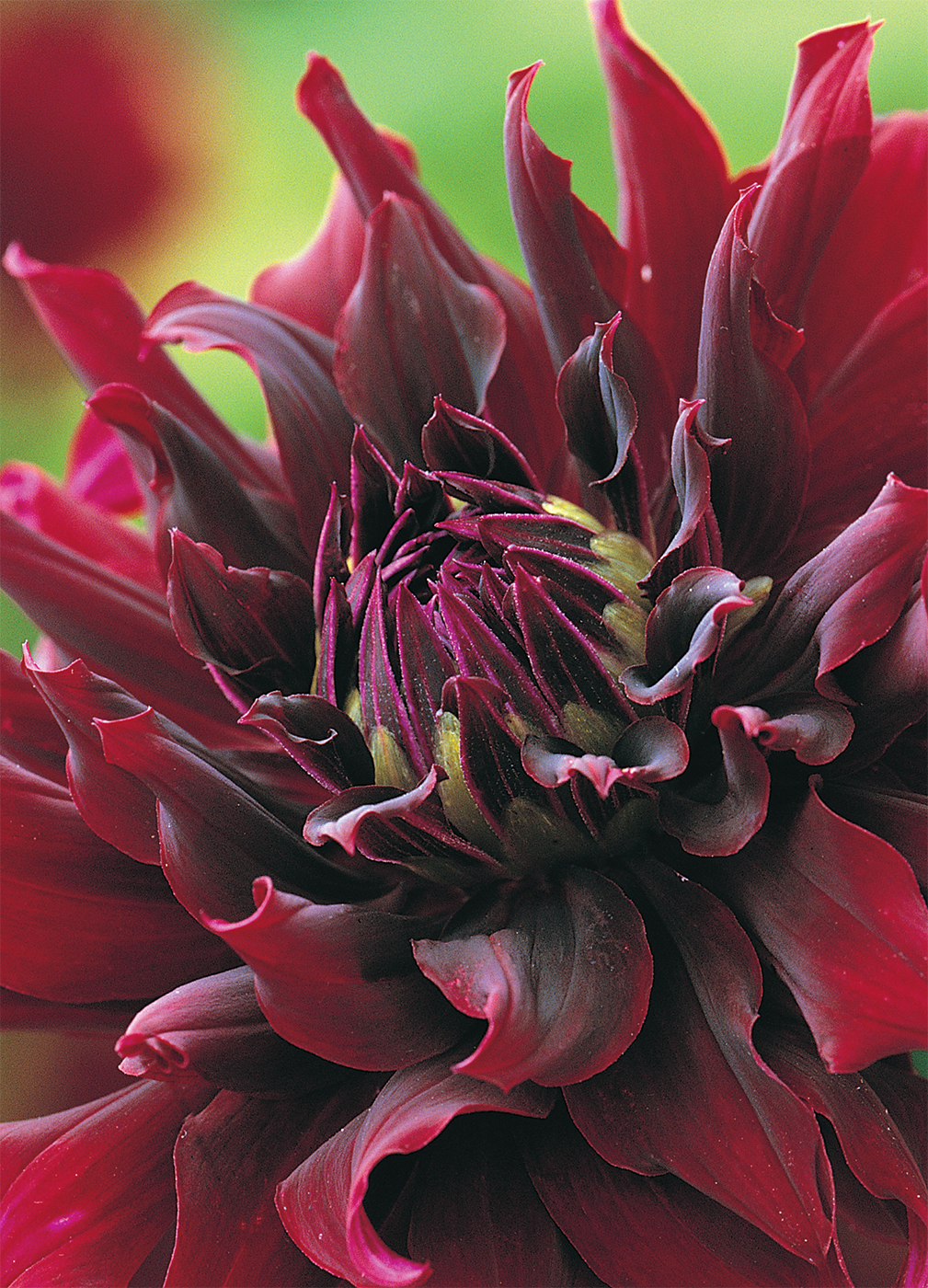

cut-and-come-again flowers
The term is self-explanatory: you pick them and, within days, the flowers have come again. To get bucketsful of cut flowers from a small plot of ground, you need to devote most of the soil to growing cut-and-come-again flowering plants.
Creating a cutting patch
I use three groups of cut-and-come-again flowers: they are all king producers plants that will go on to produce buckets of flowers for several months at a stretch. Annuals, such as sunflowers, sweet peas, scabious and snapdragons; biennials, such as sweet Williams and Iceland poppies; and rich, intensely coloured dahlias.
With the cut-and-come-again club, the more you pick, the more they flower the perfect qualification for a cutting-patch plant. If you fill your beds with shrubs and perennials, your cut-flower crop will be limited. Once youve picked stems of delphiniums, phlox and agapanthus, spectacular as they are, thats it there wont be any more and your garden and the view will have suffered from your harvest. Its true that if you grow the right delphiniums and feed them well after their summer flowering, you may get a second, lesser flush of flowers in the early autumn, but, as far as cutting goes, the yield is still relatively small.
How it works
The cut-and-come-agains only stop producing when they run to seed, or when they get tired at the end of their season. If you grow sweet peas, winter-flowering pansies, or petunias, youll probably already know that you must constantly pick, or dead-head, for the flowers to keep going. The same is true of all annuals and dahlias and of most biennials.
But rather than dead-heading, why not pick earlier and choose live-heading? By that I mean picking the buds and flowers when they are in their prime, to bring them into the house, rather than removing them as they brown and die. It makes no difference to the plant and wont deplete or exhaust it. In fact, the opposite is true; picking encourages the plant to produce more flowers. The flowers are there to reproduce and their aim is to make as many seeds as possible. If you steal the flowers the means of reproduction the plants have to go on and make more. You pick, they produce, you pick, they produce. Its an ever-filling cup.
Next page

